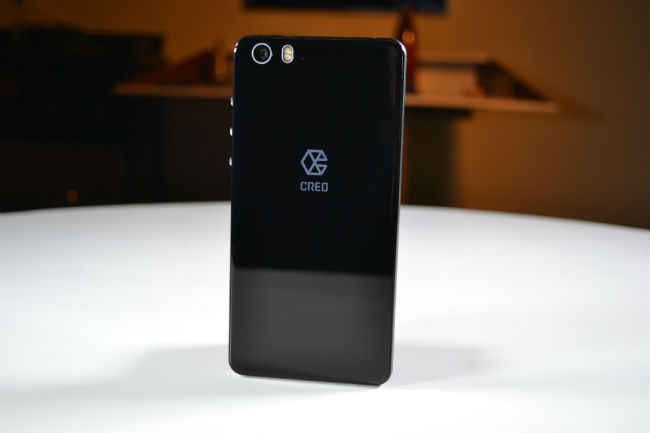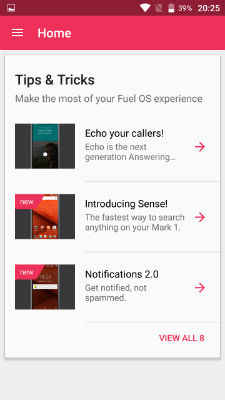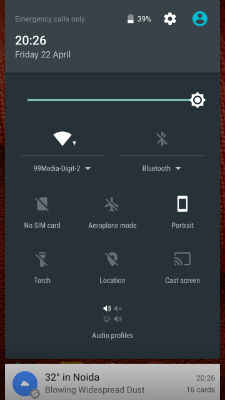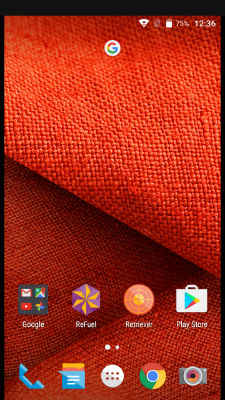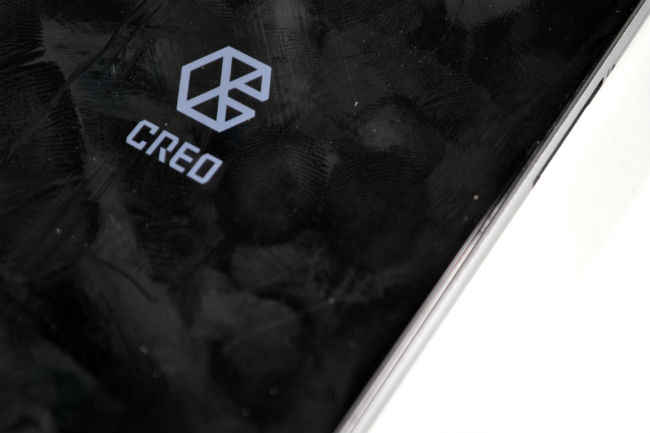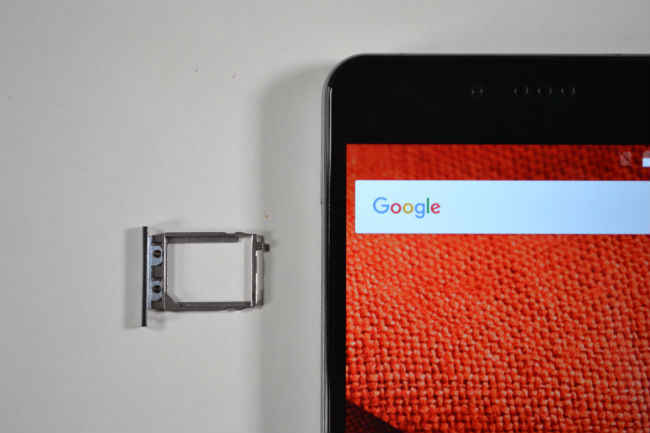Creo Mark 1 Review : Marked failure
The Creo Mark 1 is 50% weaker than the Xiaomi Redmi Note 3, and about 30% weaker than the LeEco Le 1s. It's a good looking smartphone, but it's not very well built. With so many other, better phones in the market, there's literally no reason to spend Rs. 19,999 for a QHD display and regular UI updates.
It could work, but there are some fundamental problems with the Creo Mark 1. I'll get to the software, but let's start with the issues with the hardware.
Performance: Perhaps the weakest phone in the market
While the QHD display on the Creo Mark 1 looks quite good, it takes a toll on the MediaTek Helio X10 SoC, just like it did on the M9 Plus. The Creo Mark 1 is riddled with lags in every step. It took me a full minute and six seconds to get to the main menu of Injustice: Gods Among Us.
On benchmarks, testing performance for Open GL 3.1-based graphics, the Mark 1 could churn out only 75 frames in total. Phones within the 7k price range can do better, and as the video below shows, our top sub-20k performer, the Redmi Note 3, is 50% faster than the Creo Mark 1. The LeEco Le 1s, with the same Helio X10 SoC, is about 30% faster.
Injustice, which takes a higher toll on resources, is based on Unreal Engine 3. However, in Marvel: Contest of Champions, which runs on the Unity engine, the lags are lesser, but still pronounced. The phone even drops frames on Temple Run 2, another game on the Unity engine. Many smartphone games today are made on Unity and Unreal engines.
Such performance, at Rs. 19,999, just does not make the cut in this day and age. What will I do with regular OS updates when my phone keeps lagging all the time?
Fuel OS: Chinks in the armour
But, Creo is all about the software after all, and the company's first product (under the Mango Man moniker) was quite appreciable. For the uninitiated, you can learn about the Teewe here.
Moving on, Fuel OS in essence poses as a CyanogenMod replacement for non-modders. As users, you're simply expected to make suggestions and Creo says it'll incorporate user feedback into its OS.
It's not an original idea, but it doesn't need to be so, to be a good one. Xiaomi promised weekly updates at one time, while Cyanogen was known for its nightlies. For Creo, it's monthlies.
Fuel OS looks like stock Android in many ways. It has an app drawer, and more or less everything looks like Android. All that Creo has added, are three apps/features, including Sense, Retriever and Echo. A question that comes to mind is, why just three? Can't a software-focussed firm do more?
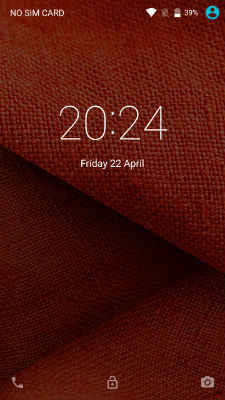

Fuel OS (L-R) Lock Screen, Home Screen, Refuel App
Sense is basically Apple's Spotlight search, and has been incorporated earlier by other OEMs like Vivo as well. In addition, if you use Google Now regularly, you really don't need it. If you're on the home screens, you can swipe down to bring up Sense. From within apps, just tap the home button twice. Prepare for long lags though, especially when you call Sense from within games. Also, if you want to search within your emails, you'll need to use Creo's inbuilt email app.
The Echo feature allows you to create your own answering machine, irrespective of what service provider you’re on. It’s a neat feature that’s integrated directly into the OS. Creo has added an extra tab to your dialler, where all the Echo messages show up, and you can even customise the message that a caller gets.


Fuel OS (L-R) Echo Screen in Dialler, Retriever App, Quick Settings
These are accompanied by the Retriever, perhaps the only real functional app in Fuel OS. This allows your phone to relay its location, even when a new SIM card has been placed into it and the phone has been flashed. When a different SIM is inserted, the Creo Mark 1 sends you an email, telling you the location where the SIM was inserted, and giving you a part of the number. Creo’s customer care confirmed that after filing an FIR with the police, you can email the company a copy of the FIR to get the entire number. You can then send an SMS to this number, with your preset PIN, and the phone flashes an alert, asking the user to call you. To remotely delete your phone, you just have to use Android Device Manager, like any other Android phone.
The question worth asking is, do phone thieves really use your phone after stealing them? Don’t most of them just sell parts? Also, how much data is Creo storing on the phone to enable this feature. Is it worth it? The answer, of course, will depend on the user.
These three additions mentioned above sum up all that Fuel OS has to offer. There are some gestures to control music, or turn on the camera etc, similar to OnePlus' OxygenOS and there are no performance enhancements that Creo has talked about. Given the lags, it’s quite evident that the software isn’t optimised, either. The Google Search bar on my device disappeared on multiple occasions, a common bug seen on OnePlus devices as well. In fact, a UI/OS that is updated too often does elicit bugs, and I’m not convinced if Creo can avoid them.
Which brings me to the biggest issue with Fuel OS — the fact that it runs on Android 5.1.1. It is important to note that Creo is promising you UI updates, not OS updates. Why couldn’t the phone run on Marshmallow out-of-the-box? While the world looks forward to Android N, you’re basically buying a device with two-generation-old software. How and where will I get all the security patches that Google adds?
It’s a problem that Xiaomi also hasn’t been able to address effectively. That said, MiUI had features that Marshmallow added, from KitKat days. Creo, on the other hand, has played it safe, with a stock UI. While this reduces the learning curve, I think a phone that wants to sell on its UI should have a steeper learning curve. In MiUI and Cyanogen, users have always enjoyed the learning curve. OnePlus’ Oxygen OS brings down quick settings or notifications, based on which half of the screen you swipe down from. It’s irritating at first, but once you get used to it, you want it.
This again shows that Creo is looking to address regular consumers, who don’t mod their phones and don't want the learning curve, and that is completely fine. But, the Creo Mark 1 needs to look original with its UI, instead of being stock or borrowing from others. It needs to make the user feel involved with the UI, for him or her to suggest additions.
It’s UI updates after all. It may have slightly deeper integration than most, but so is HTC’s Blinkfeed on Sense UI, Samsung’s partnership with Flipboard on Touchwiz, and everything that MiUI has. There is just no way to look at this as an original idea that inspires confidence in the first-time user. And it's not inexpensive. Teewe had much more going for it.
Camera: Trumped
All of the above, though, could have been overlooked with a simple addition – a top-of-the-line camera. Alas, it failed, again. The 21MP Sony IMX230 sensor was used by Motorola for the Moto X Play, and while that phone costs about the same, it’s far better, as is the OnePlus X with its Samsung ISOCELL sensor.
The Creo Mark 1 takes too much time to focus irrespective of light conditions, and it can take satisfactory shots only under bright sunlight. To be clear, the camera may look okay to many, but given that you have phones like the Moto X Play, OnePlus X, and even the much older ZTE Nubia Z9 Mini in the vicinity, the Mark 1 is far behind.



(L-R) Daylight, Direct Fluorescent, Diffused Fluorescent, Low Light (Click to enlarge)
Images taken by the Mark 1 lack sharpness, and it loses details in low light and indoor shots. Yes, the camera can be called satisfactory, but keep in mind that you can get similar quality from phones like the LeEco Le 1s and Xiaomi Redmi Note 3, which cost nearly half of what the Creo Mark 1 does.
Battery: Not enough
The Creo Mark 1 has a 3100 mAh battery, which is quickly drained by the QHD display. That said, for regular usage, the phone should still last you for about 8 hours. For heavy users though, the battery life can be another issue with this smartphone.
Build and Design: Good looks, poor execution
All said and done, the Creo Mark 1 is still a good looking smartphone. It follows Sony’s Xperia design of yore, and while its glass back is very fingerprint-intensive, the same can be said about many other glass-bodied devices. Personally, I’m not really bothered by the fingerprints. What bothers me more is the build quality of the device.
The Creo Mark 1 looks good, but my unit has two very worrying flaws. First, the micro-USB port at the bottom is not aligned properly, and the Creo Mark 1 refuses to charge at times. Secondly, the SIM tray in the second slot is wobbly, which again points towards poor construction and attention to detail.
Bottomline: Marked failure
At Rs. 19,999, the Creo Mark 1’s performance is weaker than the Coolpad Note 3 Lite, while its camera doesn’t compare to phones like the Moto X Play and OnePlus X. Fuel OS doesn’t inspire confidence, and while the phone looks good, its build quality shows lack of attention to detail. With phones like the Xiaomi Redmi Note 3, LeEco Le 1s, Lenovo K4 Note and many others already in the market, there is literally no reason to buy the Creo Mark 1, just for regular Fuel OS updates.

